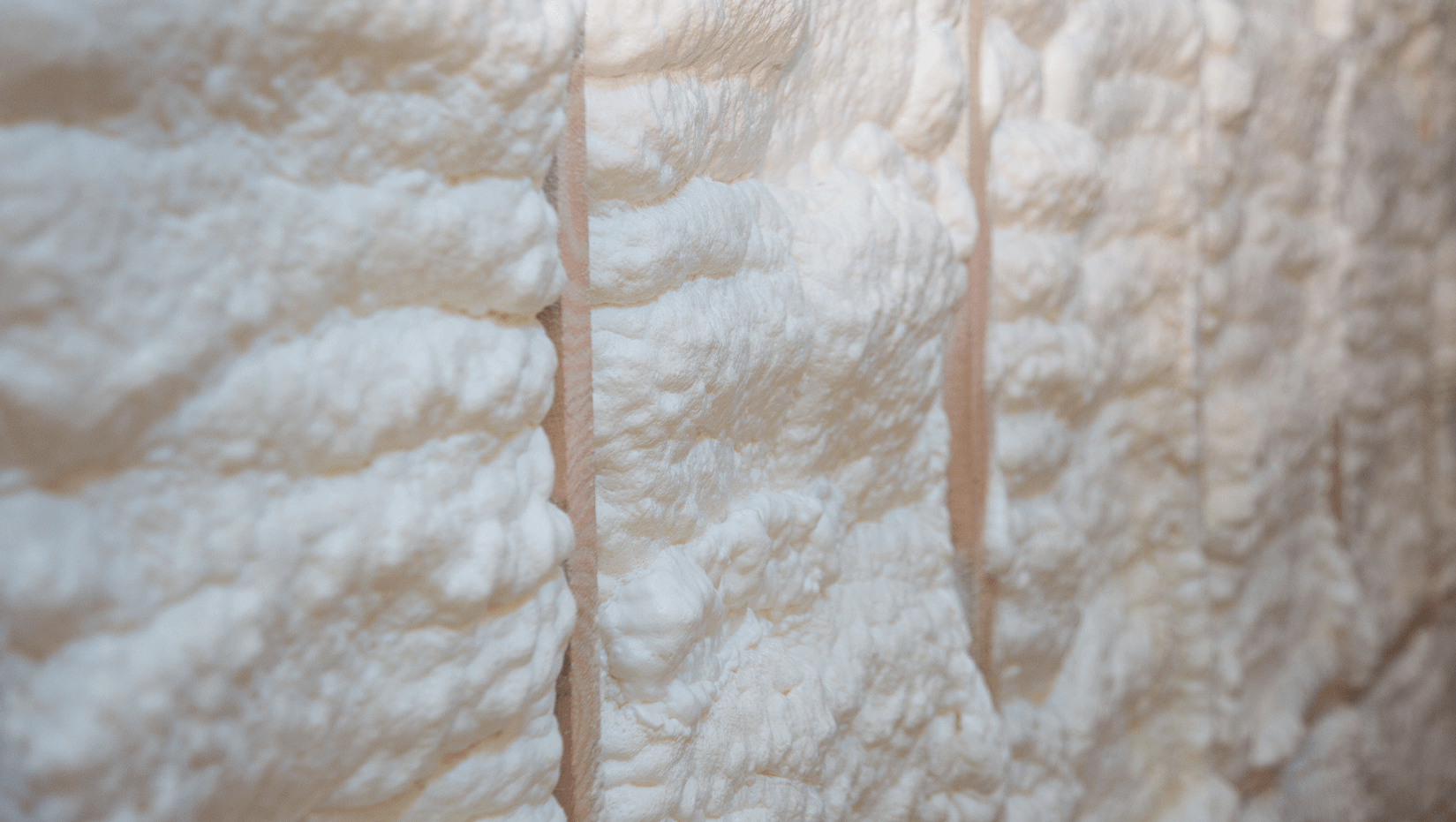Trying to keep a building sealed tight without turning it into a pressure cooker? It's a fine line. Insulation that traps heat but lets moisture sneak through isn't helping anyone. And the kind that's too rigid or breaks down in a few seasons? That's just expensive fluff in the walls.
Closed-cell spray foam insulation services isn't magic, but it's pretty close when done right. If you're stuck dealing with heat loss, moisture creep, or walls that feel like paper in a windstorm, this type of insulation may be what gets the job done—and stays done.
Why Closed-Cell Spray Foam Has a Higher R-Value
Closed-cell spray foam insulation offers some of the highest thermal resistance values of any insulation type available today. Its structure and performance characteristics make it ideal for environments that demand strict energy control. Compared to open-cell foam, it's denser, more moisture-resistant, and better at stopping both air and vapor movement—all of which contribute to its elevated R-value. For builders, property managers, and homeowners looking to maximize energy efficiency, understanding why closed-cell foam performs the way it does helps clarify when and where to use it.
Rigid Structure, Tighter Seal
Closed-cell foam forms a compact, air-impermeable layer once it cures. The "closed" nature of the cells means that each one traps a gas, limiting how much air can move through the material. This structure not only resists airflow but also minimizes thermal bridging, which occurs when heat bypasses insulation through framing or gaps. As a result, it creates a much tighter thermal envelope, especially in critical areas like attics, crawlspaces, and wall cavities.
Efficiency per Inch
One standout feature of closed-cell foam is its insulation power relative to its thickness. It often delivers an R-value of 6 to 7 per inch, compared to 3.5 to 4 for open-cell foam. That means it can achieve high insulating performance in tight cavities where space is limited. This becomes especially important in retrofits or structures where wall depth or roofline space is shallow. In some cases, a single application of closed-cell foam can meet or exceed building code requirements without additional layers.
Fun Fact: NASA incorporates closed-cell foam in its spacecraft designs to regulate internal temperatures, thanks to the material's reliable thermal resistance in extreme conditions.
Moisture Resistance Without Trapping Problems
Closed-cell spray foam doesn't act like a sponge. It's a vapor retarder, not a vapor barrier. That subtle difference helps buildings stay dry without locking in moisture where it shouldn't be.
Reduces Condensation Risk
In climates where warm indoor air meets cold exterior surfaces, condensation can form. Closed-cell insulation helps reduce that temperature swing at key junctions.
Useful for Crawlspaces and Basements
These are often the dampest parts of a building. Closed-cell foam adds insulation and moisture control in one shot—without risking mold growth from trapped humidity.
Fun Fact: Closed-cell foam is so moisture-resistant, it's used in flotation devices and boat hulls.
Structural Reinforcement with Insulation
Most insulation just sits between studs. Closed-cell spray foam adds strength. Its rigidity helps support the framing and resist movement.
Increases Wall Shear Strength
Once cured, the foam forms a dense layer that bonds to walls and sheathing. This can help buildings handle lateral loads better, like wind pressure or shifting.
Reduces Air Movement Through Gaps
The foam fills joints and crevices fully. That added bond reduces air leakage—another reason it performs well beyond its raw R-value.
Fire Safety Considerations
Closed-cell spray foam is often used in fire-rated assemblies. While the foam itself is combustible, it performs predictably when paired with approved thermal barriers.
Requires Fire Retardant Coating or Barrier
It doesn't replace fireproofing but works within assemblies that meet code. A thermal or ignition barrier (like drywall) is typically required.
Slows Fire Spread by Sealing Gaps
Once cured, the foam limits pathways for fire and smoke to move through joints or unsealed cavities. This adds a layer of passive fire protection.
Long-Term Stability and Durability
Closed-cell foam doesn't sag, compress, or shift over time. Once installed, it stays put.
Holds R-Value Over the Years
- Dense structure resists air and moisture infiltration.
- Prevents insulation performance degradation over time.
Works Well in Harsh Climates
- Performs reliably in both humid and cold conditions.
- Suitable for buildings exposed to extreme weather.
Energy Efficiency That Shows Up on Bills
Energy loss isn't just about heat escaping—it's often air sneaking through gaps, ducts, and cracks. Closed-cell foam helps block that leakage.
Helps HVAC Systems Work Less
If conditioned air stays inside and outside air stays out, HVAC equipment runs less often. That's where actual savings show up.
Consistent Temperatures Mean Less Overcorrection
Rooms stay more comfortable with less temperature fluctuation. It helps fix hot-and-cold spots that are common in poorly insulated spaces.
Conclusion
Closed-cell spray foam isn't cheap up front, but the long-term payoff makes a strong case. Its high R-value, moisture resistance, and structural benefits aren't just theoretical—they solve real-world problems in buildings that need to perform year-round.
From crawlspaces to commercial walls, this foam type shows its value where durability, thermal control, and air sealing matter most. For anyone trying to build tighter, insulate smarter, or just stop watching utility bills climb, it's a proven solution from a trusted spray foam insulation company.
FAQs
Does closed-cell spray foam prevent mold?
It reduces conditions where mold can grow by limiting moisture and air movement. It doesn't kill mold but helps prevent the environment mold needs to spread.
Is closed-cell spray foam safe once installed?
Yes. Once it cures, it becomes inert and does not off-gas harmful substances. Proper ventilation during installation is key.
Can it be used on metal buildings?
Yes. Closed-cell foam adheres well to metal surfaces and adds insulation while preventing condensation, which is a common issue in metal structures.
What makes closed-cell foam better for basements?
It resists moisture, adds strength, and seals gaps all in one application—key advantages in below-grade environments.
Does it block sound as well as open-cell?
Not quite. Open-cell foam is better at absorbing sound. Closed-cell performs better in insulation and moisture control.
Reviewer: Maria Lopez reviewed the article and brought 12 years of insulation industry experience to improve the guidance. Practical tips were added, and the content was made clearer and more useful for contractors working in the field every day.







